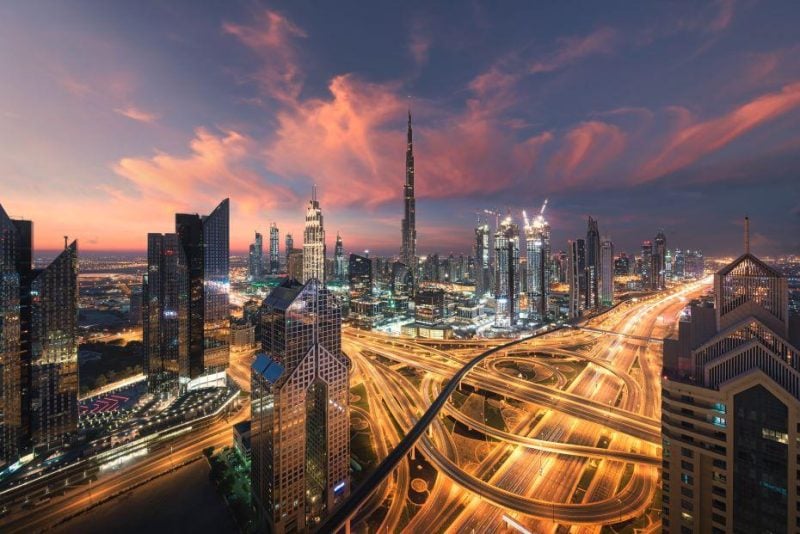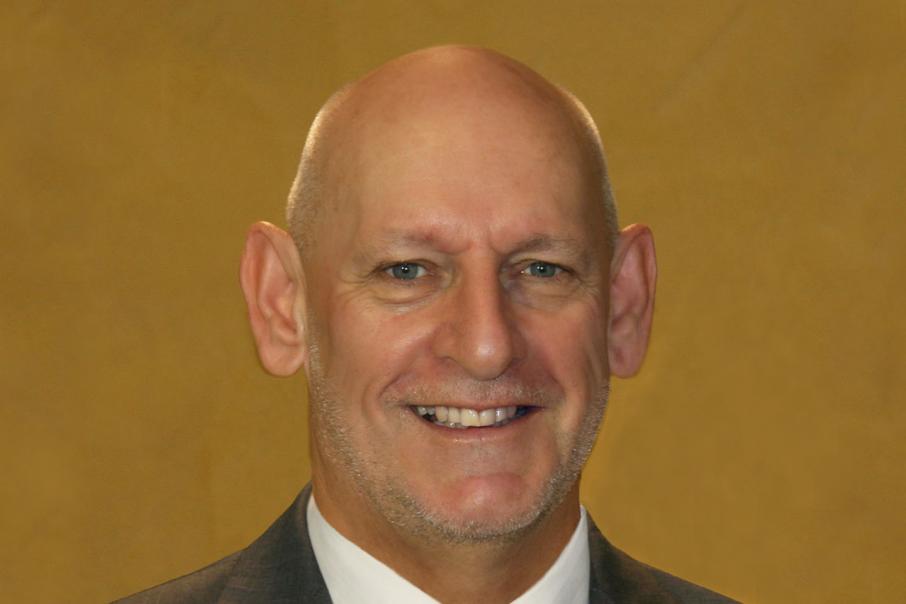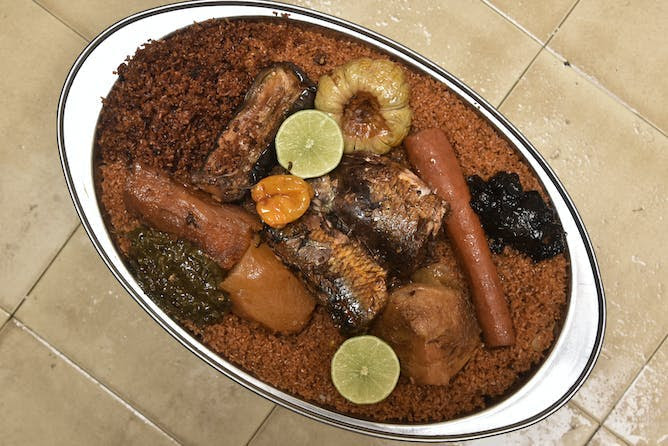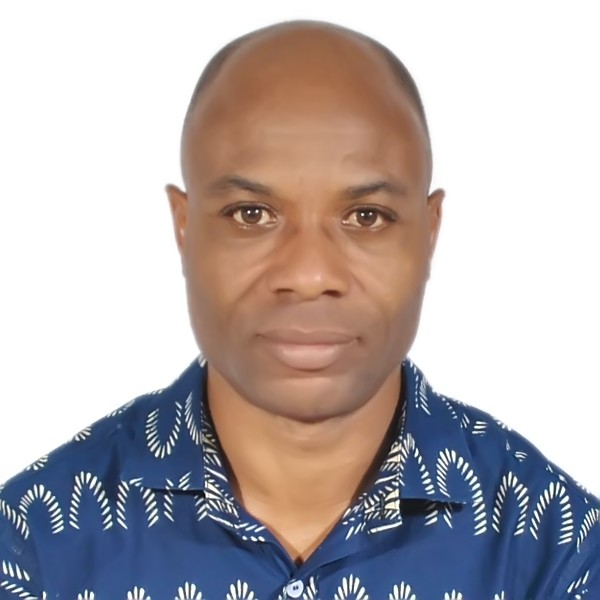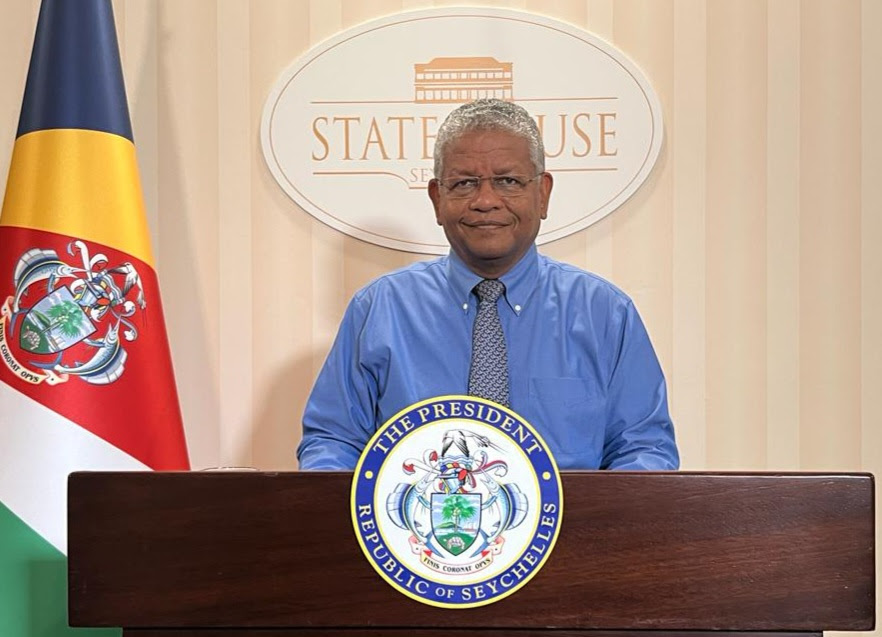Timipre Sylva, the Minister of State for Petroleum Resources of Nigeria, will be attending the African Energy Chamber-organized Invest in African Energy Reception in London on January 26.
The African Energy Chamber (AEC) is proud to announce that Timipre Sylva, Minister of State for Petroleum Resources of Nigeria, will lead investment-focused dialogue during the Invest in African Energy Reception set to take place in London on January 26. With the Nigerian energy market on the precipice of another transformation on the back of diversification and market-driven policy implementation, the participation of Minister Sylva is key for securing new capital for Nigeria’s rapidly growing market, while enabling new players and financiers to expand their footprint in one of Africa’s biggest oil producing countries.
Nigeria has emerged as one of the most attractive destinations for foreign investment owing largely to the signing into law of the Petroleum Industry Act in 2021. With the Act having overhauled the country’s regulation and governance, addressing key growth inhibitors by prioritizing transparency, procedural clarity and attractive fiscal terms for regional and international players, the Nigerian energy market is more enabling for business than ever, and the Minister will showcase opportunities in the sector during the Invest in African Energy Reception in London.
The Act itself has already unlocked tangible benefits, with the country positioning itself as the biggest oil producer in Africa in 2023, despite a year of production declines owing to challenges associated with oil theft and reduced exploration. With the state-owned company, the Nigerian National Petroleum Corporation identifying and shutting down an illegal pipeline responsible for the loss of up to 600,000 barrels per day (bpd) of crude oil, production has rapidly increased to approximately 1.2 million bpd in December 2022, setting the country up for an exciting year in 2023. The country is more ambitious than ever when it comes to expanding the oil and gas market even further, with the government incentivizing E&P activity in a bid to boost production levels further. As such, opportunities for upstream players have opened up and Minister Sylva will be making a strong case for hydrocarbon exploration during the reception in London.
Opportunities in the oil industry, over 200 trillion cubic feet (tcf) of proven natural gas reserves – and opportunities to increase this figure to 600 tcf with advancements in exploration – have positioned the country as the destination of choice for financiers and project developers from across the natural gas landscape. At a time when global markets are urgently seeking alternative gas supplies in light of ongoing supply constraints, Nigerian gas has emerged as a top solution, and investors are encouraged to capitalize on the opportunities present across this rapidly growing market.
However, Nigeria’s oil and gas market opportunities transcend exports, with the country well-positioned to feed into regional supply chains. Having signed a deal with Equatorial Guinea that would see Nigerian gas being processed at the country’s Punta Europa facilities while making steady progress to complete the Trans-Saharan Gas Pipeline and breaking ground of new project developments, Nigeria is opening new opportunities for electrification and industrialization in Africa on the back of intra-African gas trade, made possible through initiatives such as the African Continental Free Trade Agreement and the progressing Central African Pipeline System.
“Through his participation at the Invest in African Energy Reception in London – taking place in partnership with the African Export-Import Bank and Rystad Energy – Minister Sylva has made clear his commitment to securing new capital for a suite of large-scale projects across the entire energy value chain in Nigeria. During the event, the Minister will be driving market-focused dialogue on why investing in Nigeria is so critical, both for the African economy and for the global energy market at large. The London event provides financiers and energy players with the unique opportunity to directly engage and connect with a leading government representative from the biggest oil producer in Africa, and the AEC is encouraging all of those interested in expanding their footprint in Africa to join us at this high-level event,” states NJ Ayuk, Executive Chairman of the AEC.

